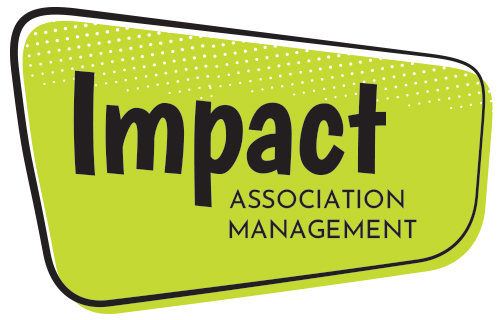Impact Association Management welcomes the National Plant Board
June 18, 2019, Madison, Wisconsin –Impact Association Management (Impact) is excited to announce the signing of the National Plant Board (NPB) as their newest client.
“After an extensive search the NPB chose Impact to manage our organization based on their flexibility, use of technology and ability to connect with our culture. The NPB is looking forward to working with Impact to tap into their expertise while keeping us organized and able to quickly respond to our constituents.” shares NPB’s President, Ann Gibbs
“After meeting with the National Plant Board, we hoped that they felt it was as good of a fit as we did and were thrilled to learn they had selected us. We are excited to see how open to change this group is and look forward to helping them become more efficient.”, adds Jodi Fisher, CEO, Impact Association Management
About the National Plant Board
The National Plant Board is a non-profit organization made up of the plant pest regulatory agencies of each of the states as well as the Commonwealth of Puerto Rico and Guam. NPB’s mission is to “provide leadership in developing and implementing science-based regulatory policies and plant health programs, enable safeguarded trade and protect the agricultural and natural resources of the United States.”
Contact:
Ann Gibbs
Ann.gibbs@maine.gov
About Impact Association Management
Impact Association Management was founded in 2006 by Jodi Fisher, and since then they have successfully supported many Associations in growing and increasing profits and memberships. Now expanded into a robust team, Impact consists of Social Media experts, Non-Profit Administrators and Executive Administrative Assistants with impressive backgrounds in Association support, small business operations and international corporations. Their mission is to provide customized, efficient, and forward-thinking association management services to small and medium sized Associations with a highly skilled, dedicated team of Executive Administrators.
Contact:
Impact Association Management
608.210.3120
www.ImpactAMC.com





